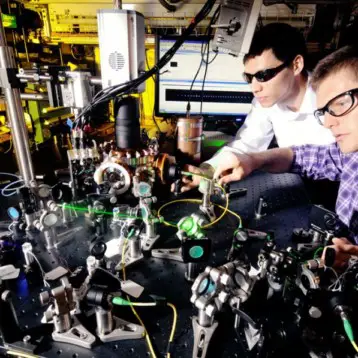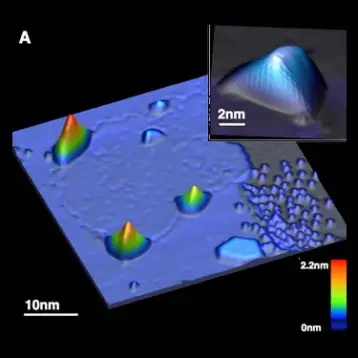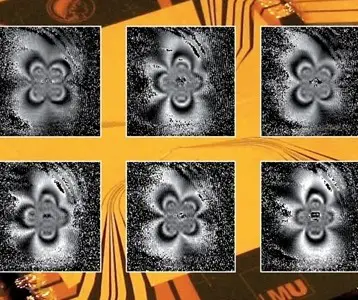|
Superconductivity, the ability of certain materials to conduct electricity without losing energy due to resistance from the conducting material itself, has never been used in a cheap and practical way since it was first discovered, almost a century ago. The results of a new research may enable its use in our every day lives, for instance, in power transmission and electric car motors.
Superconductivity was first discovered in 1911, when mercury was cooled down to minus 269 degrees Celsius (or 4 degrees Kelvin) using liquid Helium. It was later discovered that low-temperature superconductivity (closer to the absolute zero) occurs when electrons, which normally repel each other because they have the same charge, pair up due to vibrations of the grid-like atomic structure of the conducting material, enabling them to travel through the conductor without being scattered by atoms.
In 1986, scientists developed materials, such as copper oxide, that can act as high-temperature superconductors at “just” minus 123 degrees Celsius (or 150 degrees Kelvin). This temperature can be achieved with much cheaper liquid nitrogen, making the materials more appealing for industrial use.
If a simple and affordable way to create superconducting materials was found, it could lead to much more efficient power lines networks, which could transfer more power without loss of energy, and with fewer wires. Electric motors for cars could also benefit from superconductors, as do Maglav trains – trains which hover and move using powerful magnets. Because they hover above the tracks, these trains are much faster than trains which run along rails.
The Princeton scientists wanted to discover whether electrons bond in the same general way in high-temperature superconductors and in low-temperature. The experiment’s results were counterintuitive, said Ali Yazdani, Professor of physics at Princeton University, who led the research team.
Using a specialized scanning tunneling microscope to measure how nature allows electron pairs to form in high-temperature superconductors, the researchers looked for “the magical glue” which binds the electrons together.
|
The researchers discovered that the electrons which are most likely to bond into pairs are the ones that repel each other the most at room temperature.
Yazdani stated that “The repulsion seems to drive the electrons to adjust their orbitals and seek paired space in order to avoid further repulsion,” so the conductivity is actually “a direct consequence of the repulsion”.
According to National Science Foundation (NSF) Program Manager Charles Bouldin, the results of this research are of fundamental importance. “By showing that a fundamentally different electron pairing mechanism exists in high-temperature superconductors, this work will move the field in new directions, and will help find new materials to investigate”.
TFOT has previously written about usage of superconductors in an article about Orion, “the first Quantum Computer“, which makes use of two superconductors in its core. The World’s Strongest MRI, which hosts extremely powerful magnets, and the Mini-Mag Orion, a spaceship that utilizes magnetic fields to propel itself, could also benefit from superconductors.
The results of the research, which was funded by the NSF Materials Research Science and Engineering Centers Program, a Major Research Instrumentation Award from NSF and by the U.S. Department of Energy, were published in the April 11th Issue of Science Magazine.












